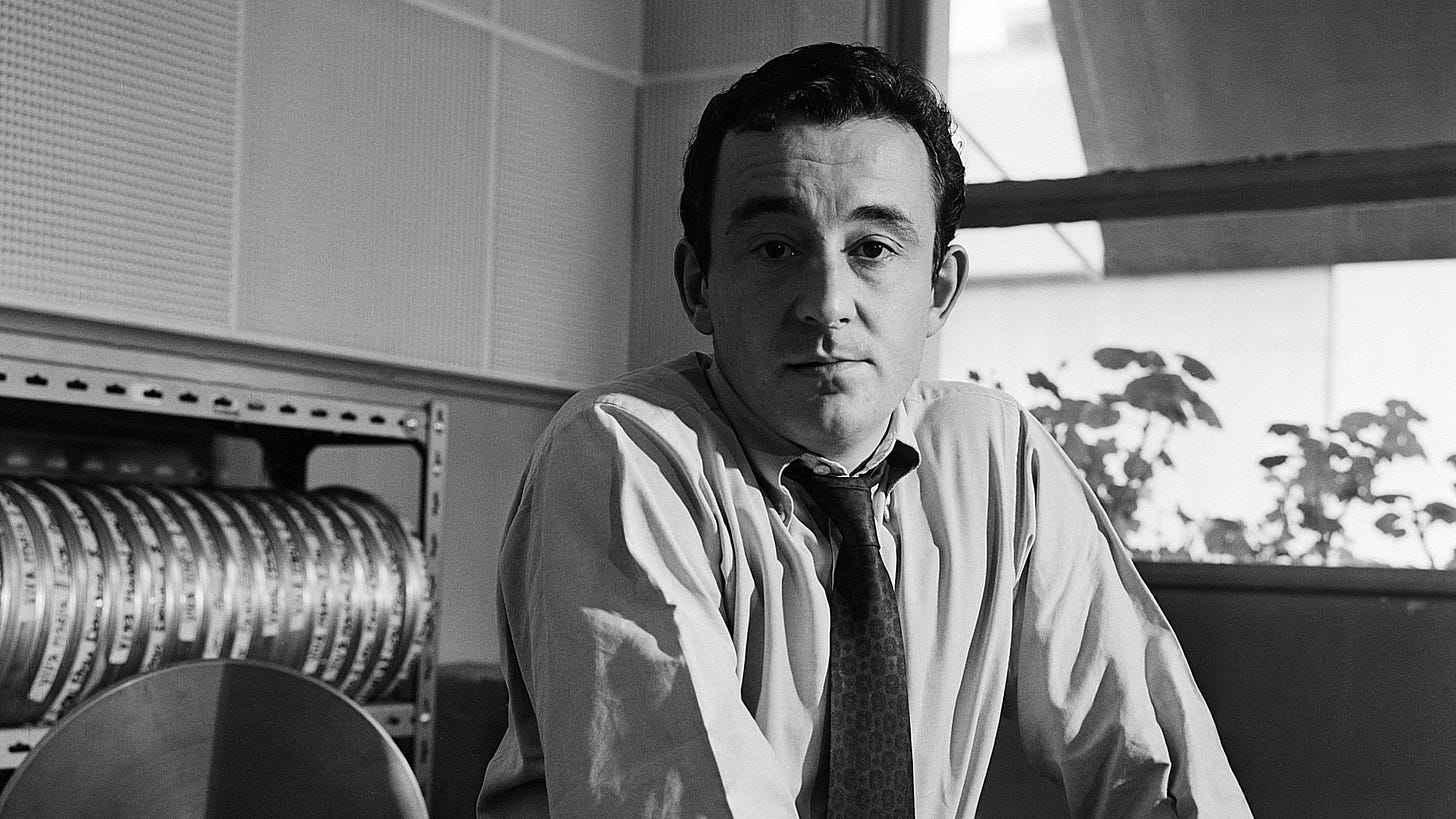All Louis Malle Films Ranked
excluding documentaries
I get very excited when I finish an artist’s entire body of work. While French director Louis Malle is celebrated for his seven documentaries as well as these twenty narrative features, I have worked hard for years to see all of the latter, some of which are nearly impossible to find in the States. (I own the documentaries and will watch and rank them a…




